Hungry Polar Bear Ambushes Seal | The Hunt | BBC Earth (2017)
Being a predator is very difficult. The “one in twenty” success rate is almost a universal rule of thumb to describe predator hunting efficiency. Prey defines the terms of engagement. Predator has to play catch up and therefore has to be stronger, faster more agile and perhaps more clever in planning a successful attack. We know this relationship from studies that have exquisitely measured predator-prey related physical parameters in Cheetahs and Lions hunting Impalas and Zebras. Connections between apex predators […]


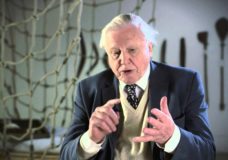
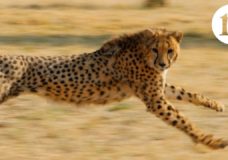



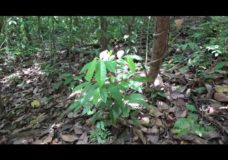
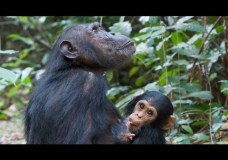


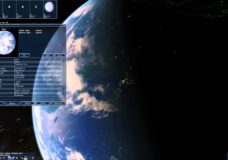
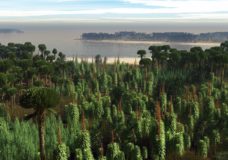

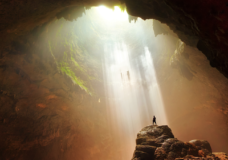


Recent Comments